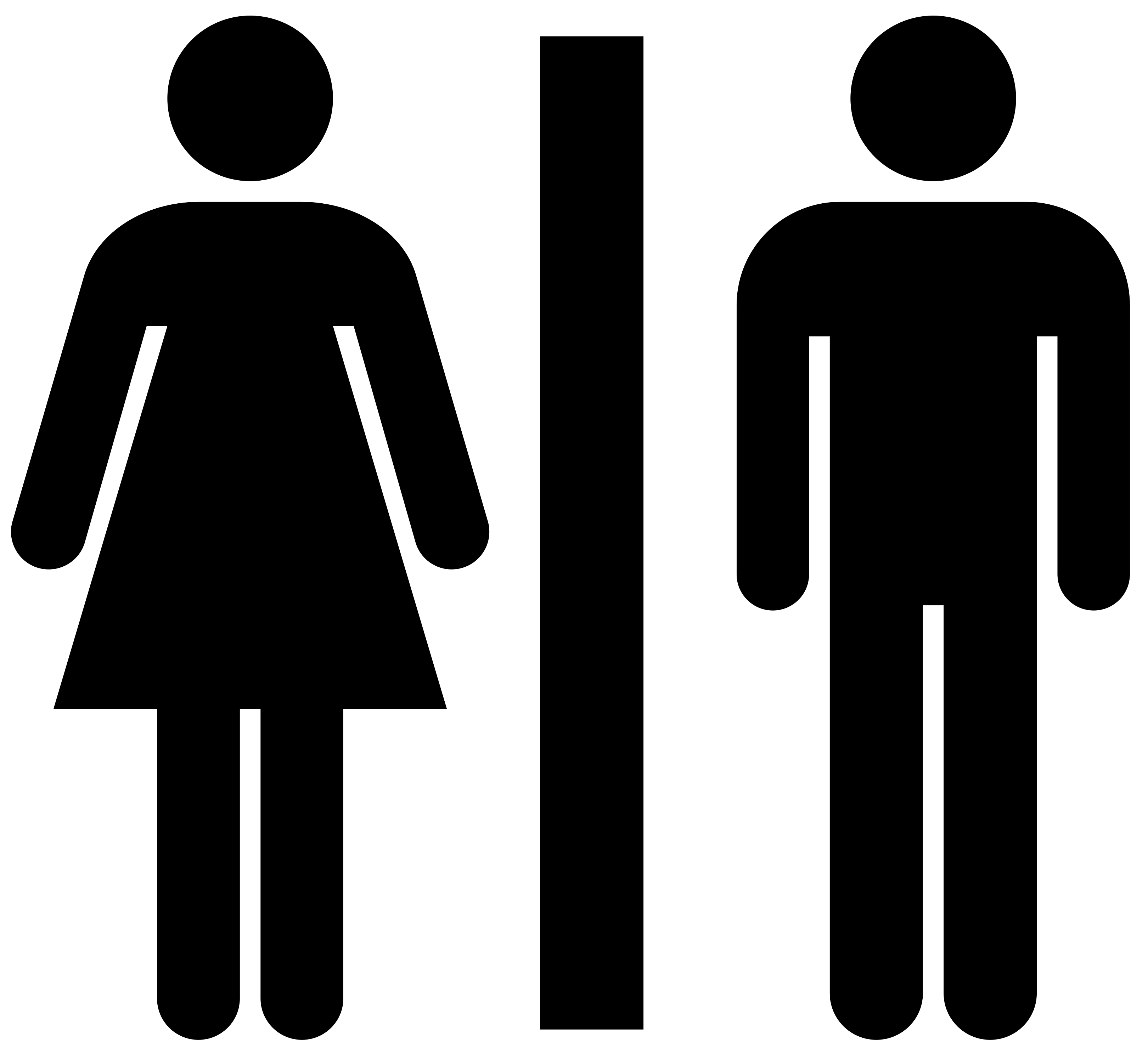The New ERA Launches Today: How It Attacks Life and Women’s Privacy – and How to Stop It

The Following Is From Our Friends at Family Policy Alliance.
House Speaker Nancy Pelosi has a simple answer for the dozens of new state pro-life laws that have been passed this year: the Equal Rights Amendment (ERA).
To that end, today the Equal Rights Amendment is getting its first congressional hearing in 36 years. That means that your member of Congress could be voting on it soon.
But this blast from the past remains the same blunt object attacking life and family values that it was back in the 70s and early 80s. In fact, given where our courts have gone in interpreting “equality” laws, it is even more dangerous now.
The Equal Rights Amendment would shatter pro-life laws
First, it would enshrine government-funded abortion on demand in the Constitution.
Many of the effects of the ERA are somewhat uncertain. However, its effect on abortion law is clear in a multitude of cases stemming from states that have ERAs. Under these state versions of the ERA, courts are finding no difference between abortions and medically necessary procedures sought by men, so states have been forced to pay for abortions under Medicaid.
Legal experts expect these state ERAs to also serve as a legal weapon to take down a host of other pro-life laws – from parental consent and notification laws to dismemberment bans to the pain-capable 20-week bans, and more.
It’s why some policy leaders have taken to calling the ERA the Everything Related to Abortion Act.
The Equal Rights Amendment would invade women’s privacy
But while the ERA would be a coup for Planned Parenthood, that’s not all it’s about.
In 1983 – the last time the ERA had a congressional hearing – the acronym LGBT didn’t even exist. While there was a small-but-growing push for homosexual rights, the T (for transgender rights) didn’t join the acronym until the 1990s.
In 2019, the transgender movement is all the rage in many cultural and legal circles. That makes today’s ERA even more dangerous than it was decades ago. Simply put, the ERA would place in the highest law of the land a limitless ban on sex discrimination – at a time when sex is increasingly being interpreted to mean “gender identity.”
The practical impact of this is that the ERA is likely to bring the transgender revolution to every corner of the country. In the name of protecting women, the ERA would likely open up women’s bathrooms, locker rooms and showers to anyone claiming to be a woman. However, it should be noted that the U.S. Supreme Court will soon hear a case (R.G. & G.R. Harris Funeral Homes Inc. v. EEOC) that could have a major impact in this area.
The Equal Rights Amendment threatens women’s insurance rates and sports participation
The ERA is a blunt object that will create other chaos as well, whether intended or unintended. For example, it could go so far as to end sex-segregated sports because they are technically “discriminating” on the basis of sex. At the least, it would likely further the growing problem of giving places on women’s teams to men who claim to be women.
It would also end the justified preferential rates that women receive from insurance companies.
And it would sweep away traditional differences of treatment “on account of sex” in such areas as marriage, divorce and alimony, child custody, adoptions, property laws and prison regulations. These are all areas in which states have historically made distinctions between men and women in order to better protect women and children.
The full impact of the ERA is unknown, calling to mind another famous Pelosi-ism: “We have to pass the bill so that you can find out what is in it.”
The ERA is on the move: What you can do
Today’s hearing on the ERA shows the determination of Speaker Pelosi to push it through, and it is likely that your member of Congress will have to make a decision on it soon.
The key to stopping its progress is information and action.
- Please share this information with others. The ERA has an innocuous name, but its real impact is unfamiliar to most people, especially since it has mostly been in the shadows for decades. The first key is to empower as many as possible with good information.
- Please send a message to your member of Congress, urging them to oppose the ERA. It’s quick and simple on our Action Center.




